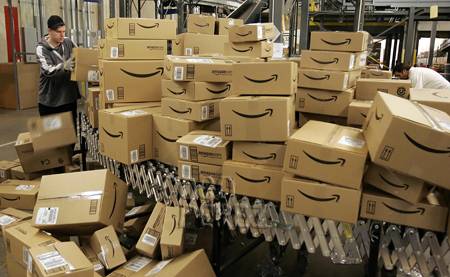“If the United Nations was fully funded why would we need the Arc or social enterprise?”
This was the prompt which we were asked to discuss/reflect upon, but after browsing through the links and readings in the course website, I noticed that there are many layers to the purpose and functions behind social enterprises, organizations and programs such as Arc. For one thing, the UN funding and its allocations in programs serves different purpose than the intended goals designed in programs such as Arc.
Many of the featured Arc entrepreneurs, such Ethiopia’s founder Salem Kassahun and Ecocalzer’s John Jairo Pizaro, have demonstrated great examples of creating shared values through connecting their communities to their business. With these unique and meaningful differentiation strategies, their business models can provide many ideas to Sauder students and spark more insights on how social enterprises can bring both implicit and external benefits.
Rather than “providing help” to a developing country, what the Arc Initiative focuses on is to establish connection between the business communities from completely different parts of the world. Thus, this kind of programs will be a valuable learning experience and an opportunity to broaden one’s vision through real interactions. It is also a great chance for local entrepreneurs to exchange their knowledge and experiences within similar industries.





